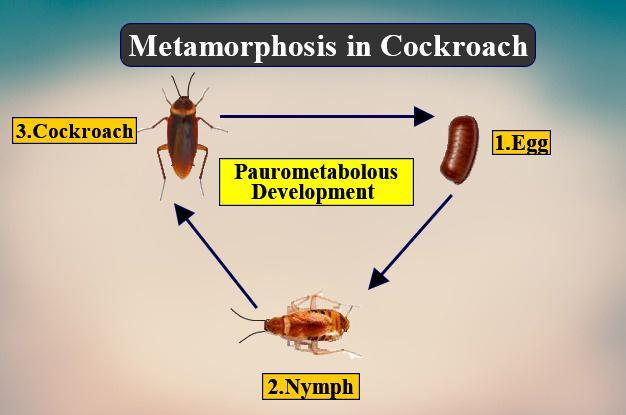Cockroaches undergo incomplete metamorphosis consisting of three stages: egg, nymph (immature), and adult. Active nymphs that hatch from eggs are much smaller, featherless, and usually lighter in color than adults. Nymphs regularly peel off their skin as they grow into the adult stage.
Why do cockroaches show incomplete metamorphosis?
They eat the same food as their parents and live in the same place. As the insect nymph grows larger, the exoskeleton becomes too tight and needs to be replaced. .. Insects with an incomplete metamorphic life cycle include stink bugs, cockroaches, cockroaches, termites, mantis, cricket, and lice.
Do cockroaches metamorphose?
As you grow, the nymph will metamorphose. They do this by stripping off the exoskeleton. This happens 10 to 13 times before they become adult cockroaches. With each molt, they look more and more like adults.
What kind of metamorphosis does cockroach have?
Paurometabolous is a step-by-step metamorphosis process. Paurometabolous is a type of growth that occurs in insects such as cockroaches and contains only three stages: egg, nymph, and adult. It is called incomplete metamorphosis or paleometabolism because it does not have a pupal stage.
Why do butterflies undergo complete or incomplete metamorphosis?
Butterflies, moths, beetles, flies and bees are completely metamorphosed. Larvae (called larvae instead of nymphs) are very different from adults. We also usually eat different types of food.

Below you will find two helpful answers on a similar topic. 👇
What kind of foxes are black and white?How many wild pandas are there in the world?
